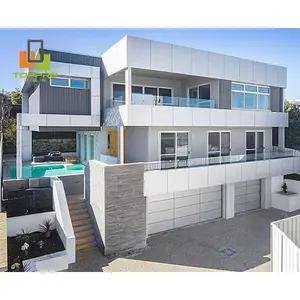सभी श्रेणियाँ
चुनिंदा सलेक्शन
ऑर्डर सुरक्षा
बायर सेंट्रल
शुरुआत करें
व्यापार सेवाएँ
सहायता केंद्र
ऐप इंस्टॉल करें
Alibaba.com ऐप इंस्टॉल करें
Alibaba.com ऐप पर किसी भी समय और कहीं से भी उत्पाद ढूँढें, आपूर्तिकर्ताओं से बात करें और अपने ऑर्डर को मैनेज करने के साथ-साथ उनके लिए भुगतान करें।
अधिक जानें








































































































































































































































































 浙公网安备 33010002000092号
浙公网安备 33010002000092号 浙B2-20120091-4
浙B2-20120091-4